Back in 2003, I wrote on my blog: “Mr. Johnson has never actually listened to all of ‘Tusk,’ but he is thinking of doing so.” It took me another five years before I did, at which time I apologized to Fleetwood Mac for my initial failure to buy or appreciate “Tusk.” I was wrong. I was very, very wrong.
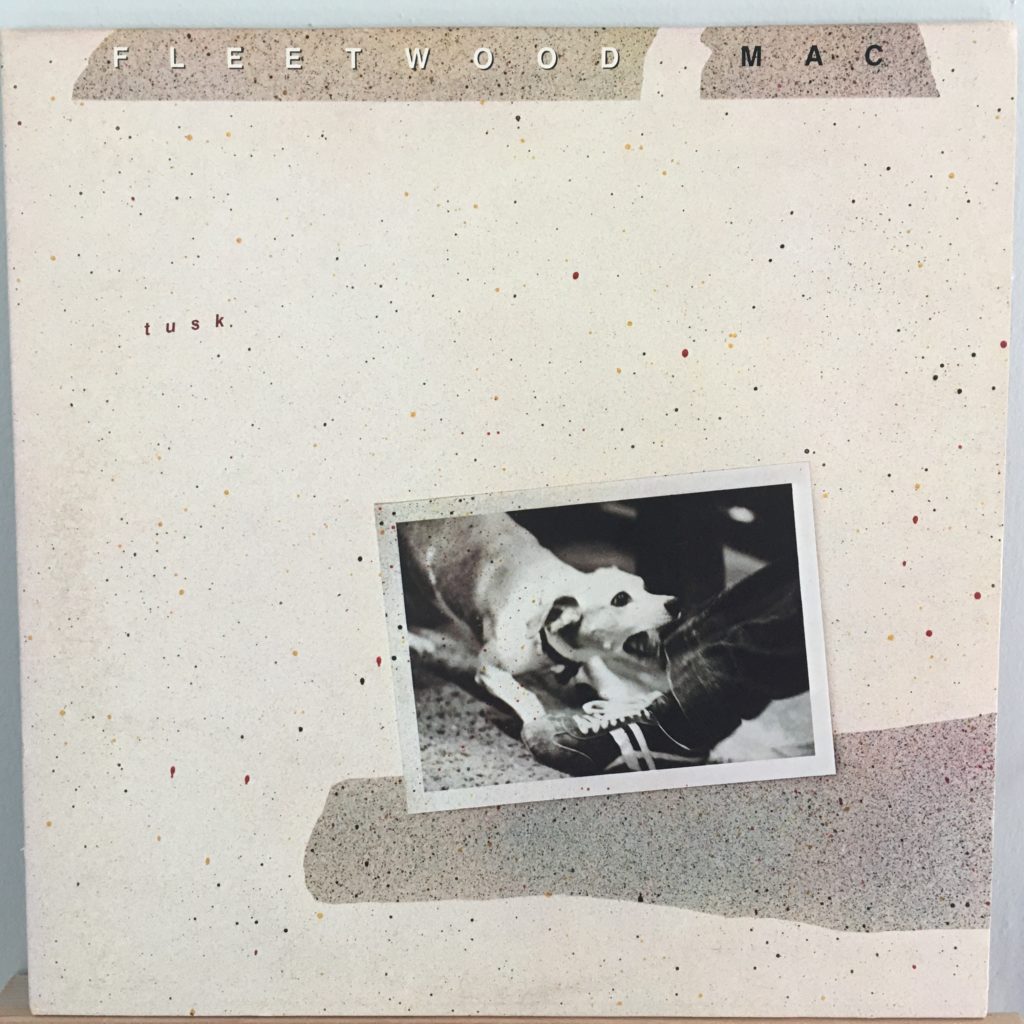
I wrote about Tusk again in 2008, saying that any sane band would have just given it up or completely imploded after the ridiculous success of “Rumours.” It sold millions of copies, charted at least four singles, dominated the radio, didn’t have a bad note on it, and to this day is considered one of the all time rock classics.
There are only two ways to follow that: more of the same, or something completely different. “Rumours” was already somewhat more of the same, a continuation of the success of “Fleetwood Mac,” a sound that was so huge people pretty much forgot the band had 10 previous albums. So instead, they chose something completely different, with a giant cocaine-fueled pile of ’70s self-indulgence, culminating in the title track of the album, recorded live in a stadium with a marching band. Coming out in my my sophomore year of college, when I was very busy rejecting the passions of my high school self, and not producing anything like the singles success of its predecessors, I just decided I’d give it a pass. It was also a full-priced double-album, selling for $13.98 at a time when I was buying used records for $3.
I wasn’t the only person who dismissed “Tusk” at the time, and it seemed to be received as a disappointment – though what was a disappointment for Fleetwood Mac would have been a stunning accomplishment for anyone else. It was double platinum in the US, and reached number 4 on the album chart. Seven singles were released. “Tusk” was first and charted at number 8, which surprises me because honestly, I don’t remember it as a single at all. “Sara” was number 7, and that had huge staying power. The singles that followed didn’t do so well.
For one thing, they were the world’s biggest rock band at a time when everything was “new wave,” whatever that was. It was mostly synthesizers and programmed drums, maybe with some post-punk anger thrown in. That wasn’t what Fleetwood Mac was doing, but they were doing something different from their previous albums, and that may have been a little confusing.
My “Tusk” renaissance came in 2008. My interest had been piqued by Camper Van Beethoven’s ironic/ non-ironic remake of the entire album and, once again, found a copy of the real thing on CD at the public library, finally gave the album a listen, and was just wowed. The songs that had been hits were familiar, the ones that hadn’t been were new revelations. And so, in 2008, I issued an apology on my blog (yes, I’m aware that no one read it or cared) , and have been detailing my mistake to anyone who would listen.
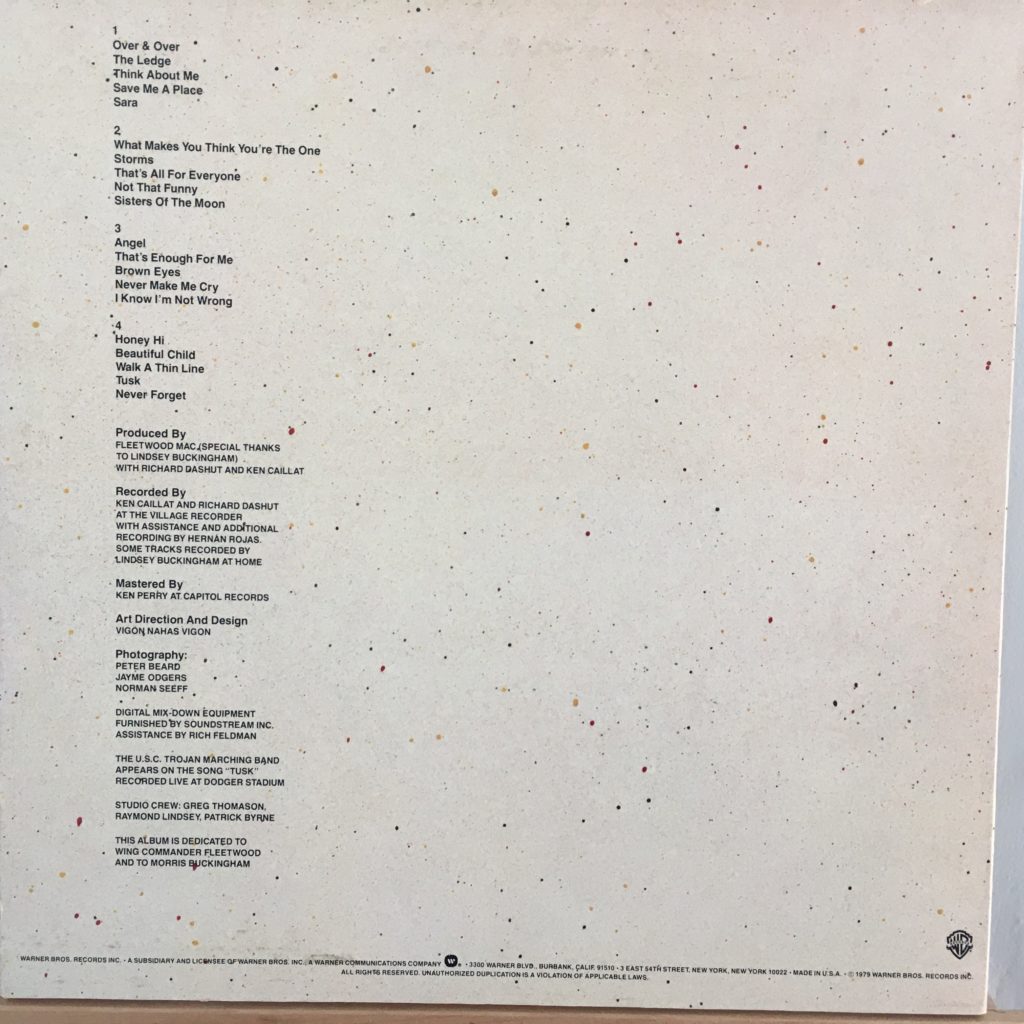
There is some very interesting material on here. When you’ve got three really strong songwriters, it’s hard to make room for everything on a normal album, but the double album in particular gave Lindsay Buckingham room to spread his wings and produce some unusual work that I now just love, like “Not That Funny,” “That’s All For Everyone,” and “What Makes You Think You’re The One.” And that’s without limiting epic work from Stevie Nicks in “Storms,” “Sisters of the Moon,” and “Sara,” and classic Christine McVie like “Over and Over.”
Still, I didn’t have a vinyl copy until last year, when I mentioned that to my friend Shawn here at Forever Changes, the popup record store that used be a lovely part of my Saturdays (and I’m told may soon be again!! Don’t say I never deliver breaking news). Well, it wasn’t long before he turned up a pretty sweet copy of Tusk with all the original materials — including the extra set of sleeves. Why did a double album come with four sleeves? Why did it not come with lyrics? Why is the cover not a gatefold, standard for double albums (and many single albums)? Just in keeping with the theme of excess and the influence of cocaine is our only guess. Our discussion of that with our friend Rich, who also maintains a favorable view of “Tusk,” led to our streaming a discussion–something that probably sounded like a podcast called “Two Old White Guys Talk About Tusk.” Tell me if you’re dying to hear more of it; we could make that happen.
I realized today that by playing only my vinyl version for so long, I’ve forgotten about all the gems that are in the extended CD version, which are also deserving of a listen, basically making Tusk a four-disc set, and putting those extra sleeves to at least a virtual use.
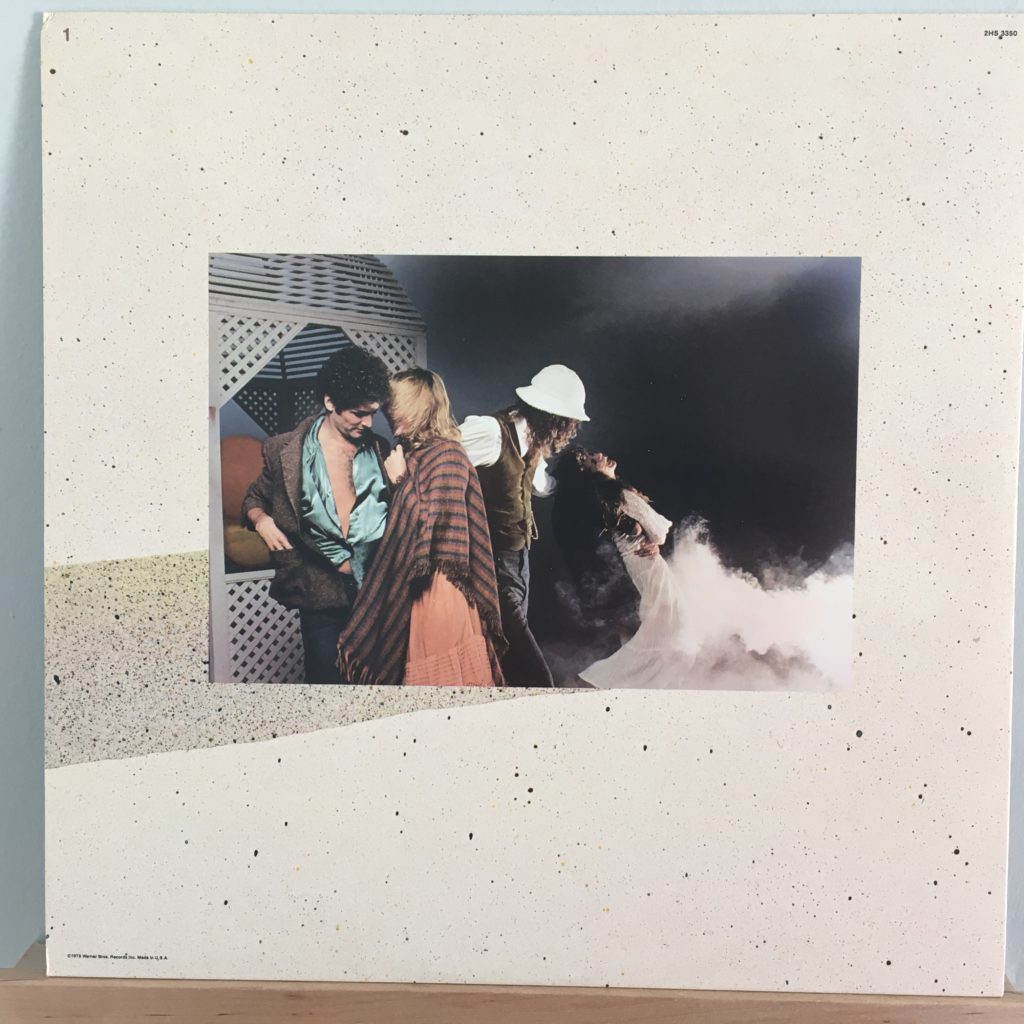
Tusk picture sleeve 1, side 1 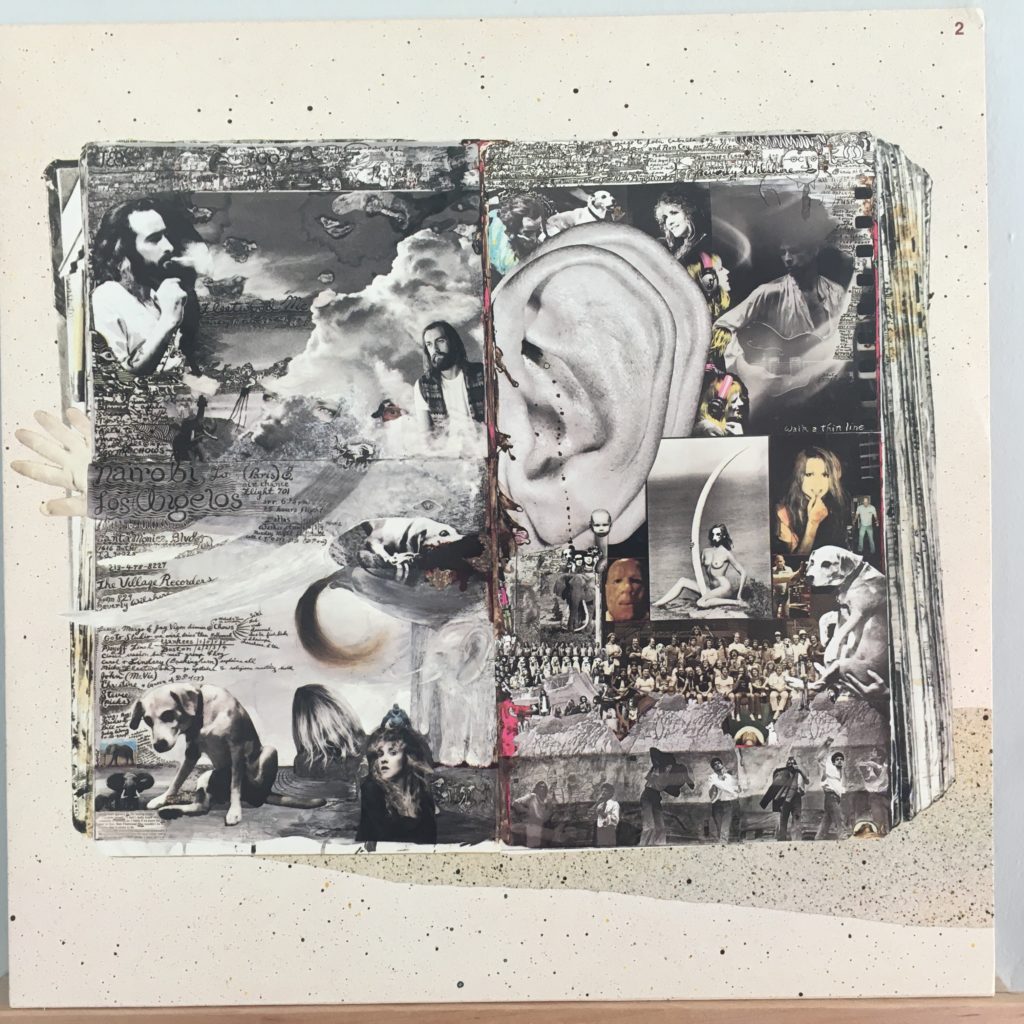
Tusk picture sleeve 1, side 2 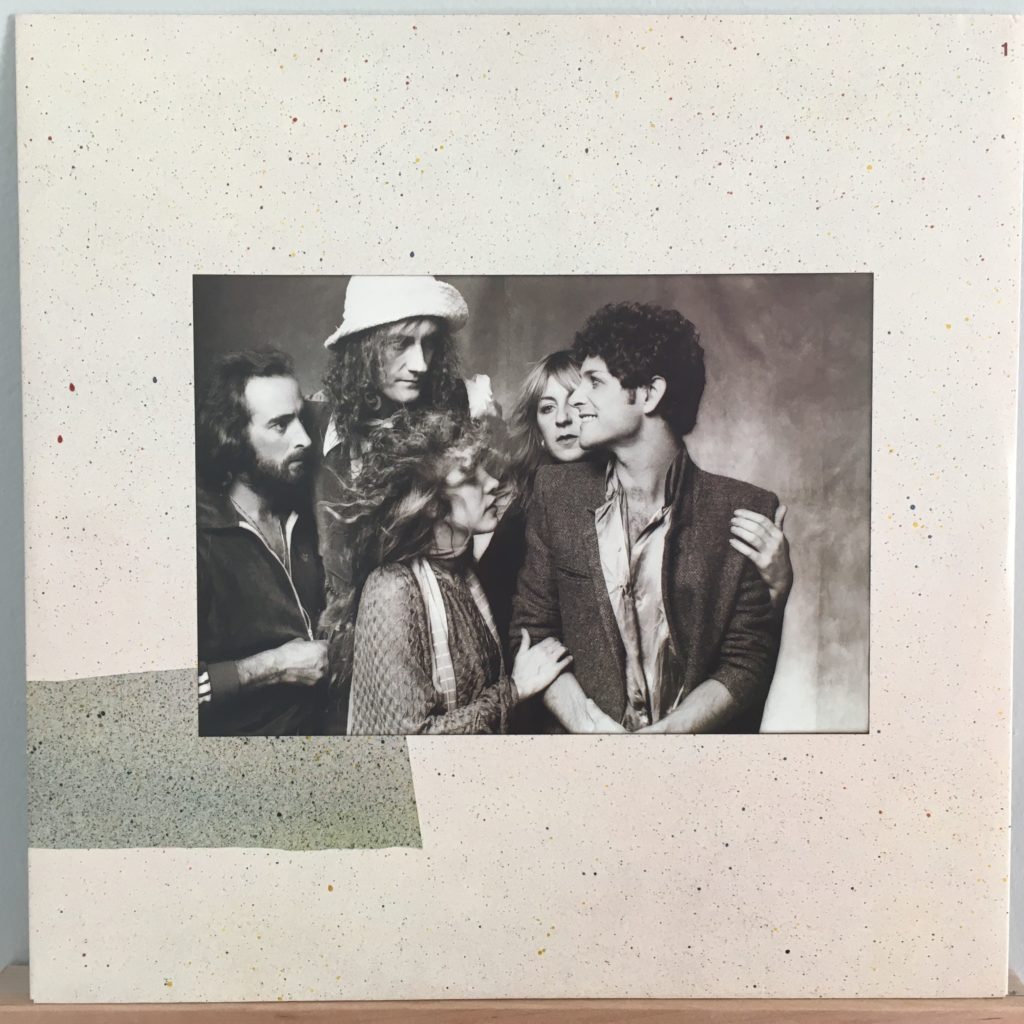
Tusk picture sleeve 1, side 1 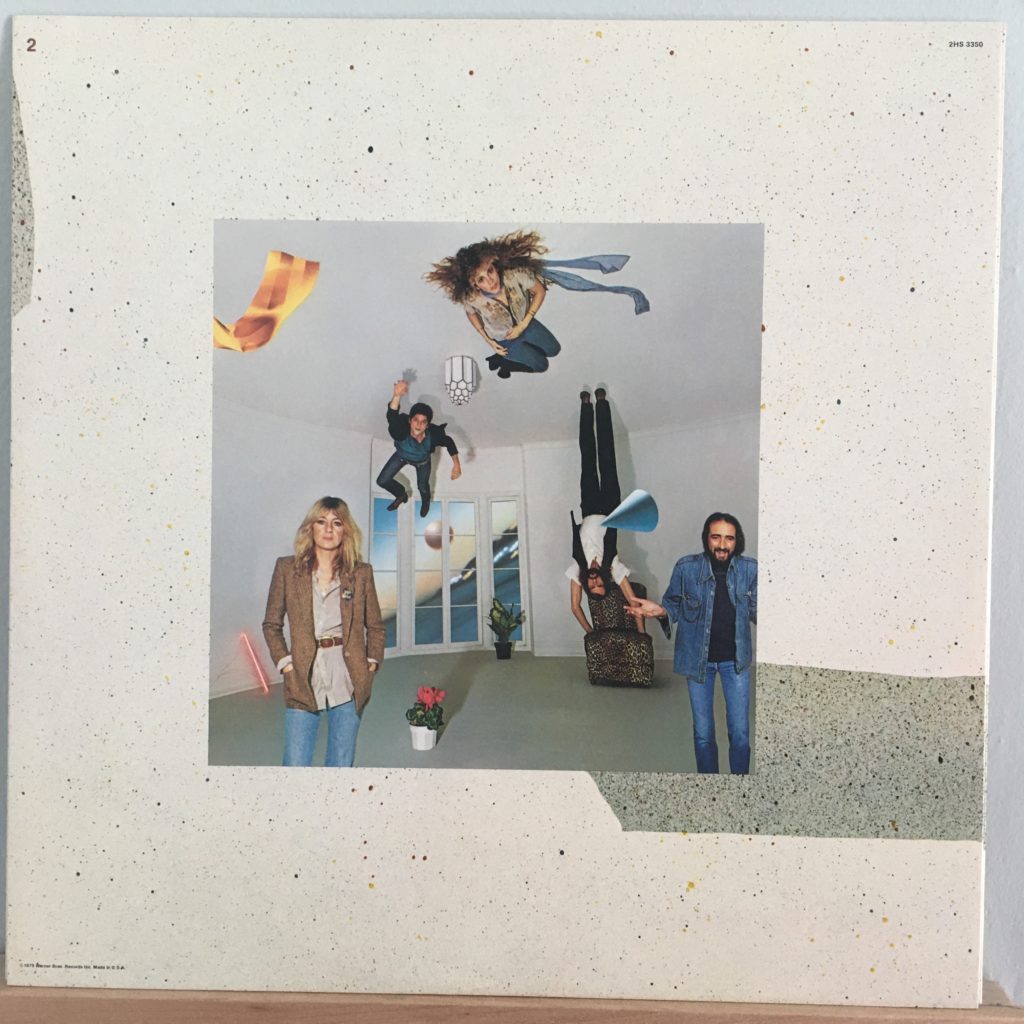
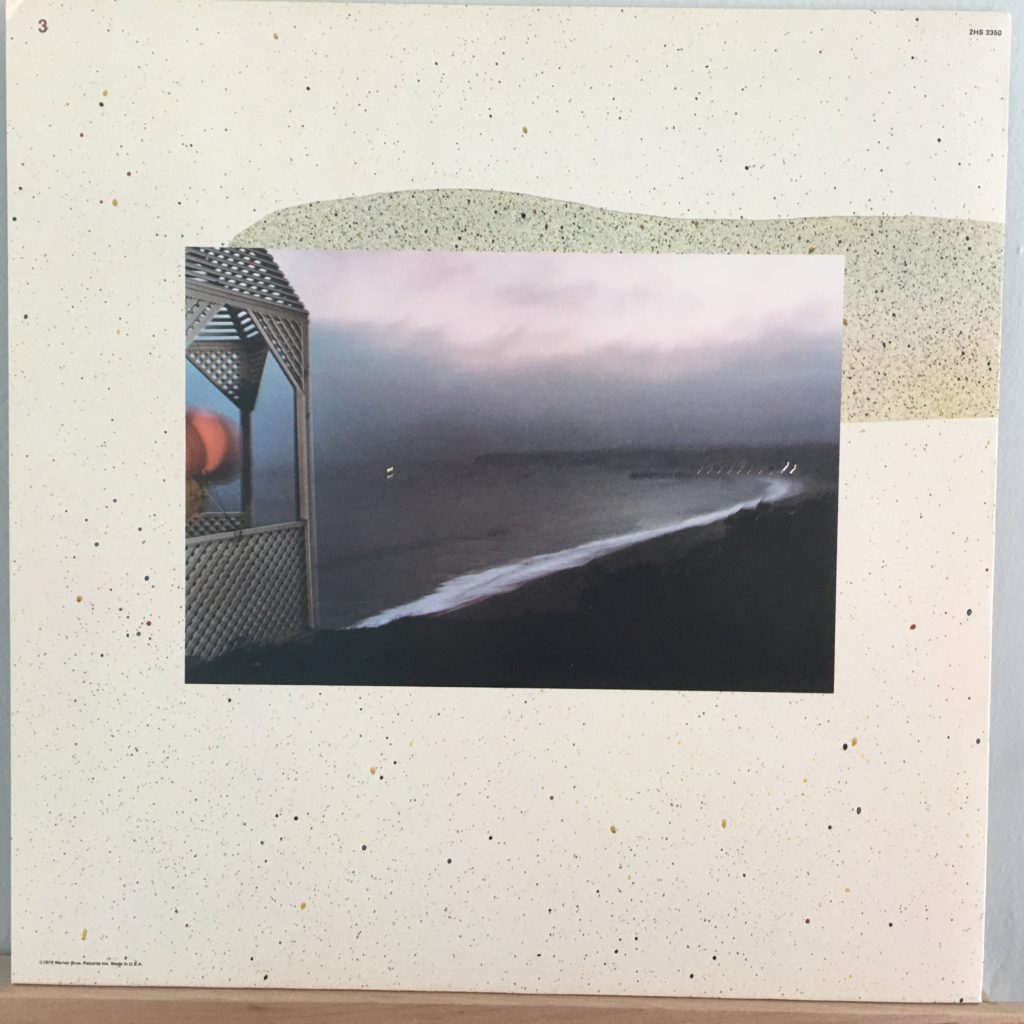
Tusk picture sleeve 2, side 3 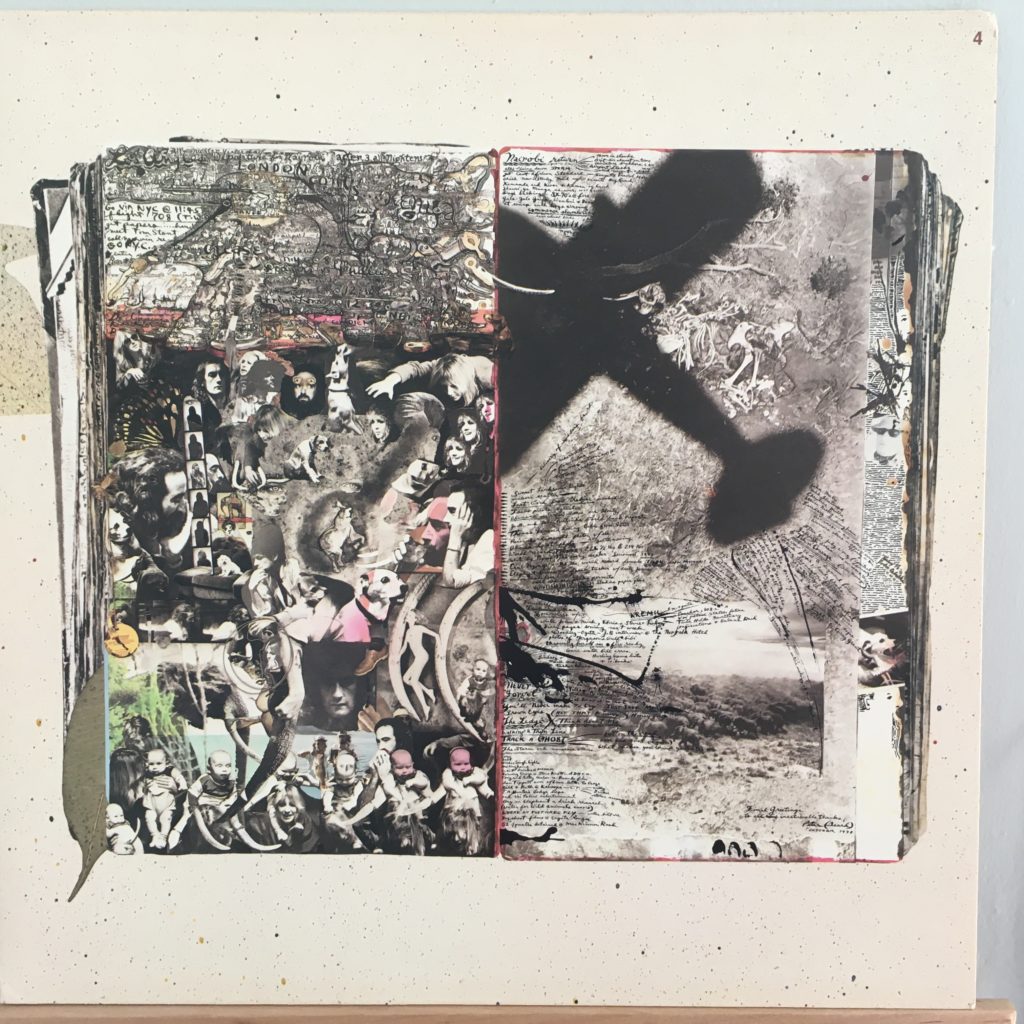
Tusk picture sleeve 2, side 4 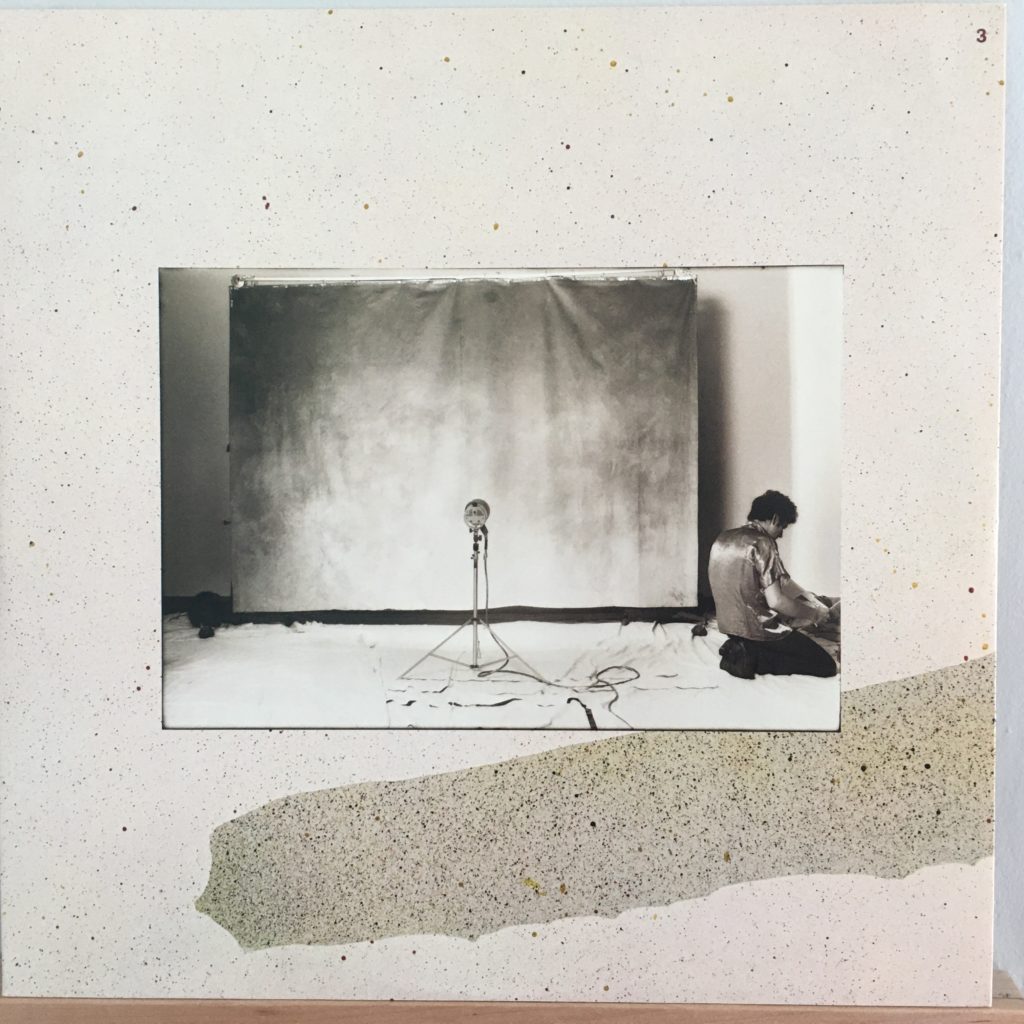
Tusk picture sleeve 2, side 3 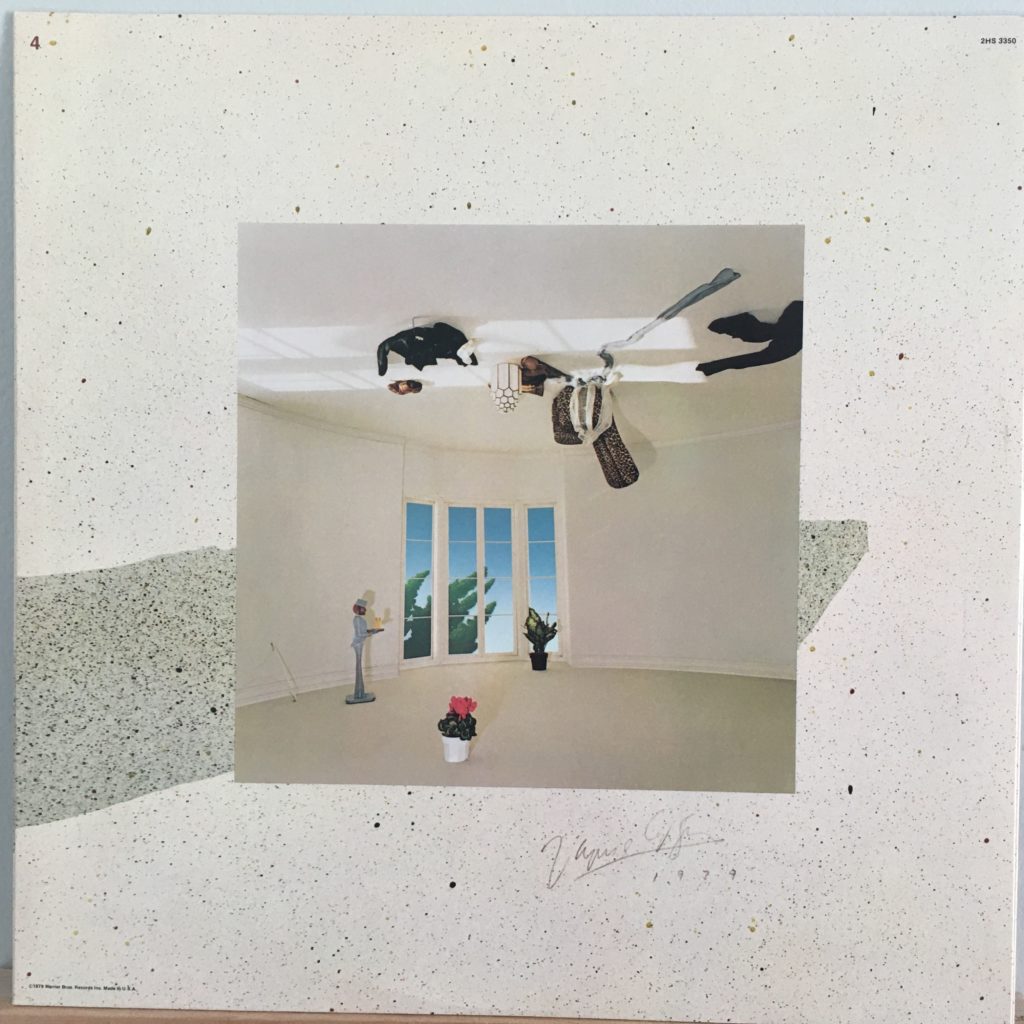
Tusk picture sleeve 2, side 4 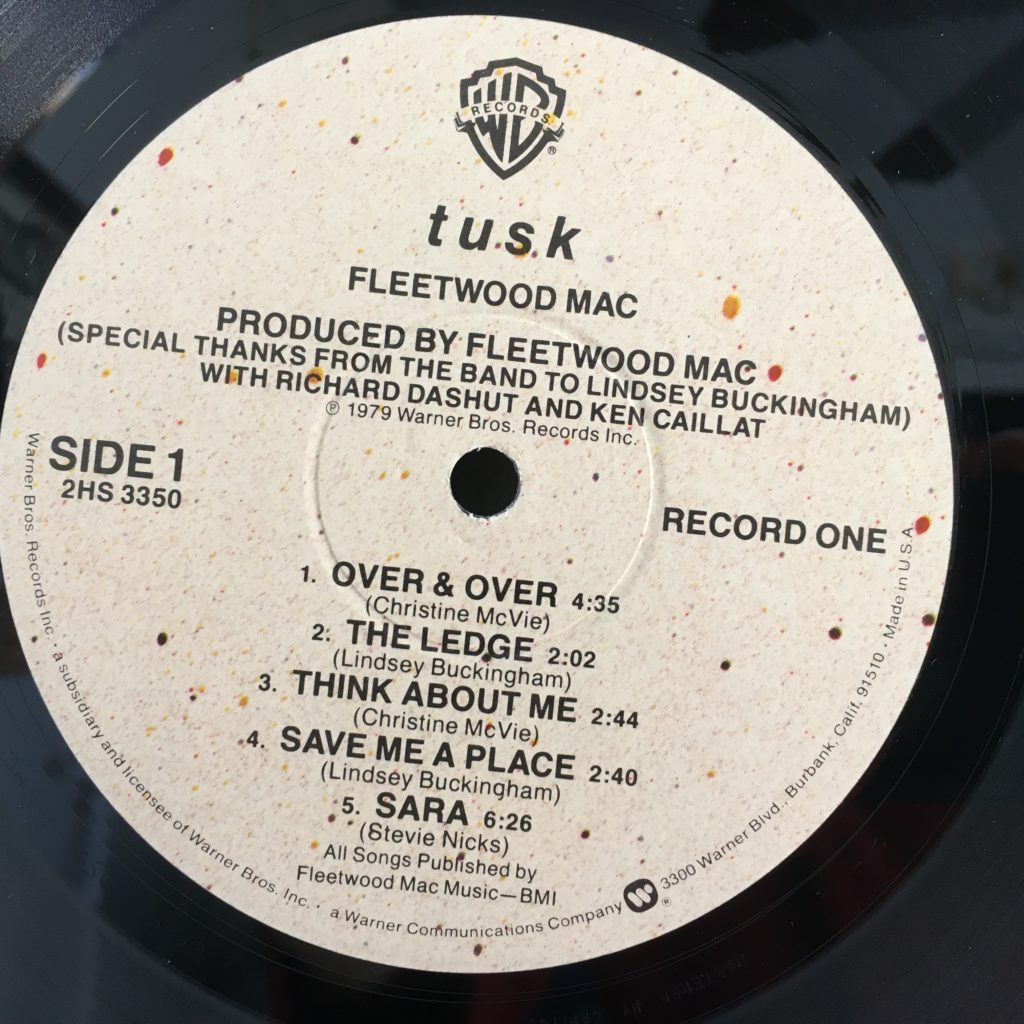
Tusk label
So, it only took me 30 years to come around to “Tusk” as a brilliant album, and another 11 or so to get it on vinyl. Sometimes I act as if life were long.
